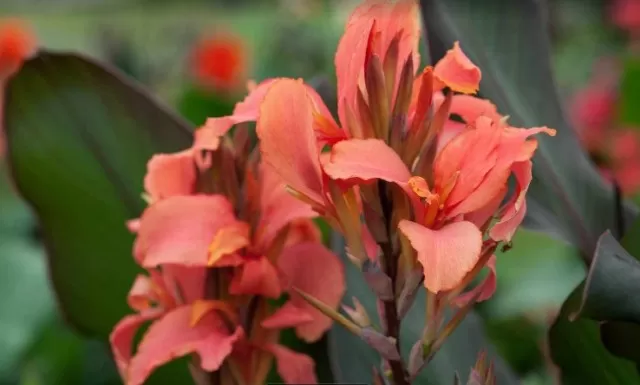10 Steps to Improve Your Garden for Next Year (Part 2). As the chill of colder weather approaches, many folks are inclined to bid farewell to their garden endeavors. However, before you stow away your gardening tools for the winter season, there’s a checklist of essential tasks you should undertake to guarantee that your garden blossoms beautifully come next spring.
Conquer Weeds: A Thorough Cleanup for a Weed-Free Future

Don’t let weeds take over your garden – it’s essential to act now.
Take the time to meticulously pull every weed you can spot. Anything left overlooked will inevitably go to seed, resulting in an army of pesky weeds to contend with in the upcoming year.
Beyond their nuisance, weeds can also serve as safe havens for insects and plant diseases throughout the winter, potentially causing further problems for your garden. Therefore, before you hang up your garden tools for the season, make sure to completely clear out your landscaping beds.
This proactive approach will ensure a weed-free and healthy garden in the future.
Embrace Autumn\’s Opportunity: Planting Trees for a Brighter Future
Autumn presents an ideal window for planting new trees.
During this season, they have the opportunity to establish their roots before going dormant, providing a head start for their growth come spring. To ensure a successful planting process, dig holes that are twice the depth and width of the tree’s root ball, giving the roots ample room to spread and grow. Once planted, apply mulch around the base of the tree to offer extra protection from the impending cold temperatures. By taking advantage of the fall planting season, you’re not only investing in the future beauty of your landscape but also contributing to the environment and fostering a healthier ecosystem.
Caring for Your Cold-Weather Plants: Prepare for Fall and Winter

As the colder months approach, it’s essential to give your fall- and winter-hardy plants the extra protection they need to thrive.
Here’s A Guide to help:.
Deep Watering: Before the ground freezes, provide your plants with a deep watering.
This helps to ensure they have adequate moisture to withstand the winter.
Mulch: Apply a thick layer of mulch around the roots of your plants.
Mulch acts as insulation, protecting the roots from extreme cold and temperature fluctuations.
Wrap Tender Perennials: For more delicate or tender perennials, consider wrapping them with burlap or plastic.
This creates a mini-greenhouse effect that traps warmer air around the plants, shielding them from low temperatures, harsh winds, and heavy snow.
By taking these precautions, you can help your plants endure the challenges of the fall and winter seasons, ensuring their health and vitality when spring arrives.
Boost Your Garden: Propagate Plants from Cuttings
If you have plants you’d like to see multiply or if you’re concerned about their survival during a harsh winter, taking cuttings is a fantastic way to propagate them.
Follow these steps:.
Take Cuttings: Select healthy branches or stems from the plants you want to propagate.
Cut just below a leaf node or joint to create a cutting that’s around 4-6 inches long.
Apply Rooting Hormone: Dip the cut end of each cutting into rooting hormone powder or gel.
This encourages the development of roots.
Choose Your Propagation Method:.
Water Propagation: Place the cuttings in a jar of water, ensuring that the cut end is submerged.
Change the water regularly to prevent stagnation.
Soil Propagation: Plant the cuttings in a well-draining potting mix.
Make a hole with a pencil or stick before inserting the cutting to avoid rubbing off the rooting hormone.
Provide Adequate Light: Place the cuttings in a sunny spot where they’ll receive indirect sunlight.
You can also use a grow light if needed.
Indoor Winter Growth: Allow the cuttings to grow indoors over the winter months.
Maintain consistent moisture, but avoid overwatering.
Transplant or Share: Once the weather warms up and the cuttings have developed strong roots and new growth, you can transplant them back outdoors or share them with friends and neighbors to spread the beauty of your plants.
This propagation method not only helps you expand your garden but also ensures the survival of your favorite plants through the winter months.
Maintain Healthy Shrubs: Clear Leaves and Reuse for Winter Mulch

To ensure the health of your shrubs, it’s essential to clear away leaves and debris from their base.
This practice not only provides proper air circulation but also discourages pests and rot from establishing themselves in this cozy environment. However, don’t let those collected leaves go to waste.
Instead, repurpose them as mulch to provide extra insulation for tender plants during the winter months. This eco-friendly approach not only protects your plants but also minimizes waste, creating a win-win situation for your garden and the environment.
*The information is for reference only.